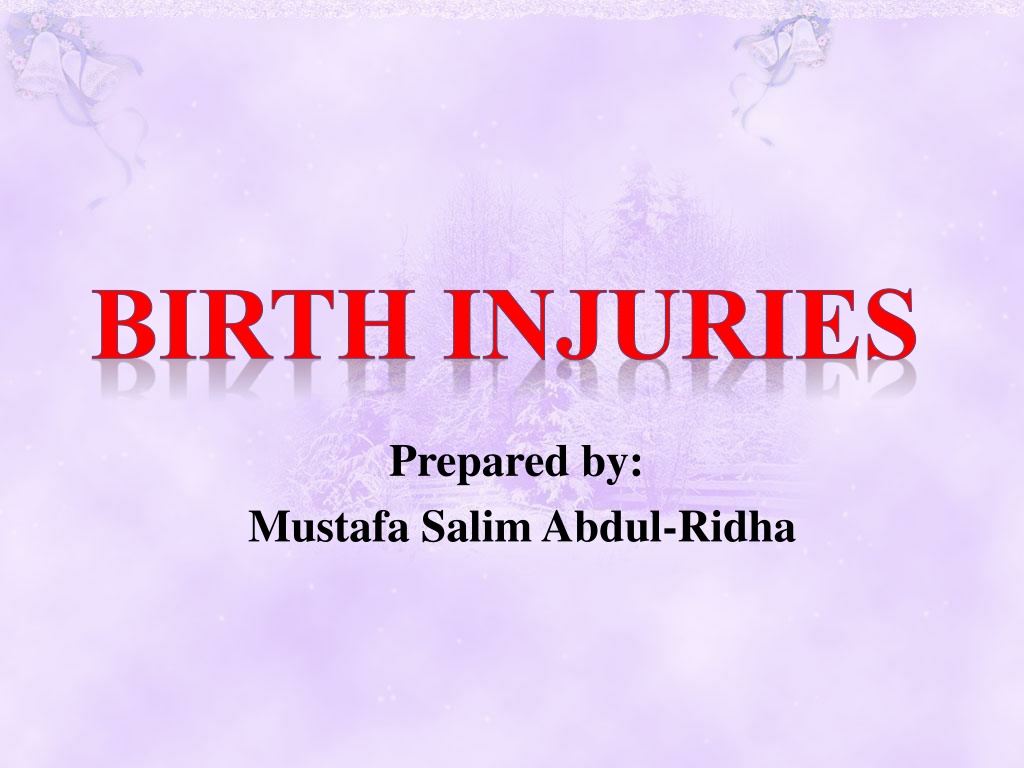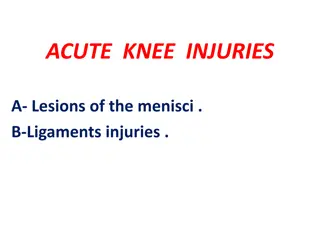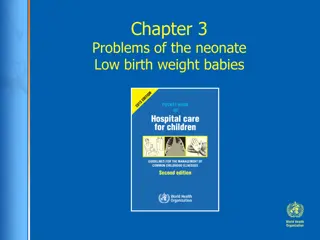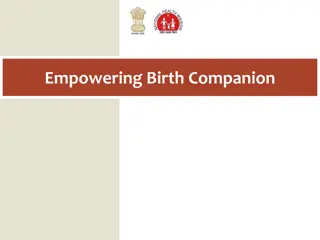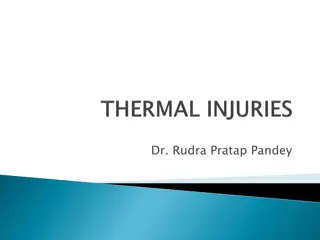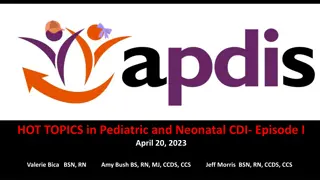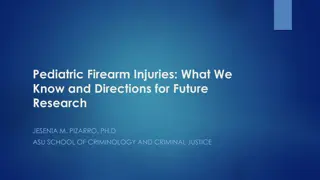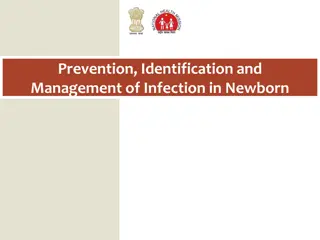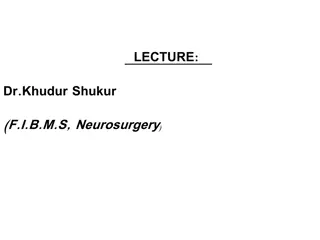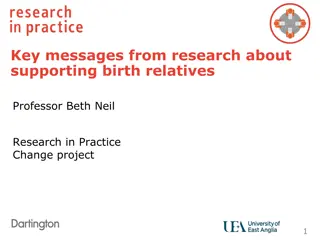Understanding Birth Injuries in Newborns
Birth injuries in newborns can result from various factors during the birthing process, such as soft tissue injuries and head trauma. Soft tissue injuries like facial abrasions and scleral hemorrhage may occur due to causes like dystocia and forceps delivery. Nursing care involves assessing and reassuring parents as these injuries typically resolve on their own. Head trauma during birth can lead to extracranial hemorrhages like caput succedaneum and cephalhematoma, requiring appropriate management.
Download Presentation

Please find below an Image/Link to download the presentation.
The content on the website is provided AS IS for your information and personal use only. It may not be sold, licensed, or shared on other websites without obtaining consent from the author. Download presentation by click this link. If you encounter any issues during the download, it is possible that the publisher has removed the file from their server.
E N D
Presentation Transcript
BIRTH INJURIES Prepared by: Mustafa Salim Abdul-Ridha
Soft tissue Injury There are various types of soft tissue injury that may be sustained process of birth. during the Soft tissue injuries usually occurs when there is some degree of disproportion between the presenting part and the maternal pelvis ( cephalopelvic disproportion).
Position and places of injury Presentation vertex breech brow
Causes of soft tissue injuries Dystocia (difficult birth). Cephalopelvic disproportion. Forceps delivery. Vacuum delivery. Enlarged fetal size. Improper episiotomy technique. Cesarean section (rare).
Signs, symptoms and features of soft tissue injuries in the newborn: Facial Abrasions: a minor wound in which a surface of the newborn s facial skin is worn specially with dystocia and forceps delivery Scleral hemorrhage specially with vertex presentation . Ecchymosis and petechial in the newborn s face with brow (face) presentation. or breech (feet)
Nursing care for soft tissue injuries Assess the newborn for bleeding from injury site . The nurse must know that these soft injuries usually fade (disappear) spontaneously within few days, without treatment. Explain, reassure information to the parents about these injuries. and provide health
Head Trauma Trauma to the head and scalp that occurs during the birth process is usually benign but occasionally results in more serious injuries. There are three main types of extracranial (out of the cranium, brain) hemorrhage, which are : 1- Caput Succedaneum. 2- Cephalhematoma. 3- subgaleal hemorrhage.
Caput succedaneum The most commonly observed scalp lesion Observed usually with vertex delivery. Edematous area situated over the portion of the scalp . The swelling is composed of blood or serum, or both No specific treatment is required , the swelling is usually subsided within few days.
Cephalohematoma Cephalohematoma is formed when blood vessels ruptures during delivery to produce bleeding into area between the bone and its periosteum . This injury is usually occurred with the primipara woman, and associated with vacuum and forceps delivery. No treatment is required for the uncomplicated hematoma. Hyperbilirubinemia may resolution due to blood lyses . result if hematomata
Subgaleal hemorrhage Subgaleal hemorrhage is bleeding into the subgaleal compartment . This injury occurs as a result of pressure through the head ( of the infant) into the pelvic outlet. It is commonly occurred delivery. The early detection is so vital. after vacuum
Management Serial head circumferences may detect any increase due to hemorrhage . The bleeding may extend to the posterior aspect of the ear and neck. Monitoring of the coagulation is important. Assessment to the level of consciousness. Assessment to the level of Hb and Hct. Increase in billirubin is expected due to blood lyses. bleeding times and
